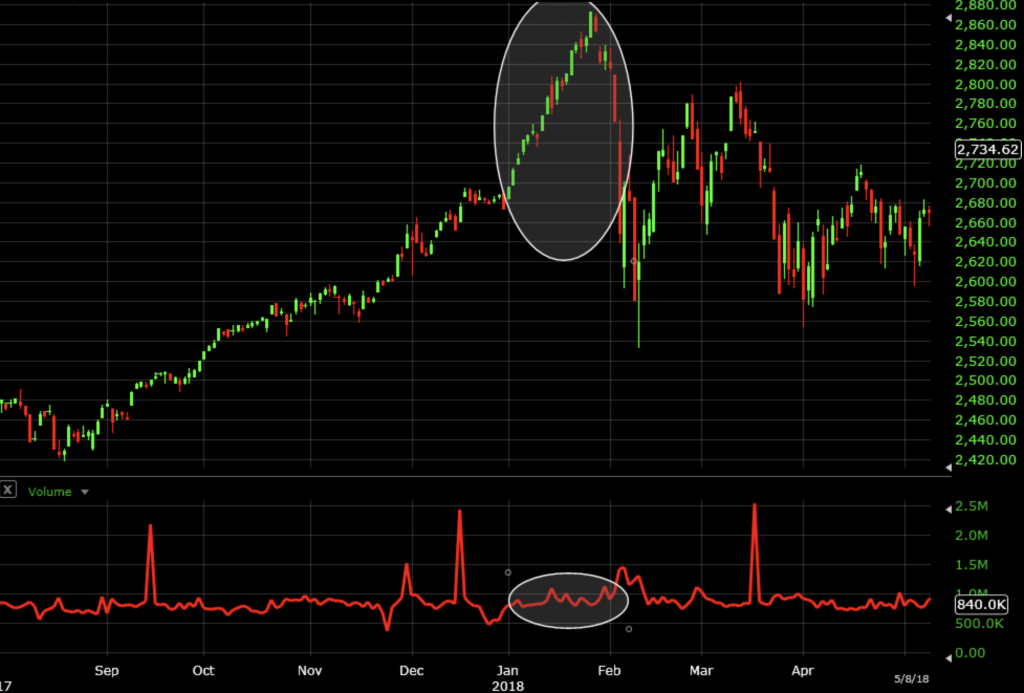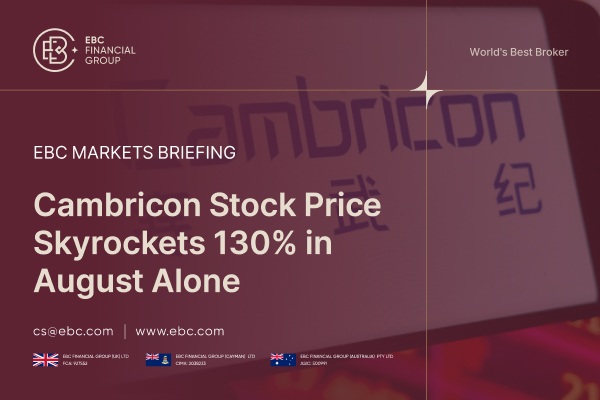Understanding the interplay between price movement and trading volume is crucial for effective technical analysis. The Volume Price Trend (VPT) indicator is a powerful tool that blends these two elements, helping traders assess the strength of market trends, confirm signals, and identify potential reversals.
By tracking the relationship between price changes and trading volume, the VPT provides deeper insights into market sentiment and momentum.
What Is the Volume Price Trend Indicator?

The Volume Price Trend (VPT) indicator is a cumulative technical analysis tool designed to measure the direction and strength of a trend by combining price movements with trading volume.
Developed in the 1960s, the VPT is especially useful for identifying whether rising prices are supported by strong volume or if falling prices are accompanied by heavy selling. This makes it a valuable indicator for confirming trends and detecting early warning signs of reversals.
How Is the Volume Price Trend Calculated?
The VPT is calculated using the following formula:
VPT = Previous VPT + [(Current Close – Previous Close) / Previous Close] × Volume
This approach means:
If the price rises, a portion of the current volume (proportional to the percentage price increase) is added to the previous VPT value.
If the price falls, a portion of the current volume (proportional to the percentage price decrease) is subtracted from the previous VPT.
The result is a single line that moves up or down, reflecting the cumulative effect of price changes weighted by volume over time. The VPT line will rise when there is strong buying pressure with increasing prices and fall when there is strong selling pressure with decreasing prices.
How to Interpret the Volume Price Trend
1. Confirming Trends
A rising VPT line, especially when accompanied by rising prices, confirms a strong uptrend supported by increasing buying volume. Conversely, a falling VPT line with falling prices confirms a downtrend with strong selling momentum. This confirmation helps traders avoid false signals and trade in the direction of the prevailing trend.
2. Spotting Divergences
Divergence between the VPT and price action can signal a potential reversal. For example:
Bullish Divergence: If the price makes a lower low but the VPT forms a higher low, it suggests that selling momentum is weakening and a bullish reversal may be imminent.
bearish divergence: If the price makes a higher high but the VPT forms a lower high, it signals that buying momentum is fading and a bearish reversal could follow.
Spotting these divergences early enables traders to adjust their strategies before the market changes direction.
3. Signal Line Crossovers
Some traders use a moving average of the VPT (a “signal line”) to generate buy or sell signals. A VPT line crossing above its signal line may indicate a buying opportunity, while a cross below could signal a selling opportunity.
4. Confirming Breakouts
The VPT is particularly useful for confirming the validity of price breakouts. If a breakout is accompanied by a sharp rise in the VPT, it suggests strong conviction and increases the likelihood that the breakout will sustain.
Volume Price Trend vs. Other Indicators
The VPT shares similarities with the On-Balance Volume (OBV) indicator, but with a key difference: while OBV adds or subtracts the entire volume based on price direction, the VPT only adds or subtracts a portion of the volume, weighted by the percentage price change.
This makes the VPT more sensitive to both price and volume fluctuations, providing a nuanced view of market momentum.
Practical Example
Suppose a share's previous close is 200p, the current close is 210p, and the day's volume is 100,000. The VPT calculation would be:
VPT = Previous VPT + [(210 – 200) / 200] × 100,000 = Previous VPT + 5,000
If the next day the price falls to 205p and the volume is 80,000, the calculation would subtract a portion of the volume, reflecting the price decrease.
Strengths and Limitations
Strengths:
Confirms trends with volume-backed evidence
Highlights divergences for early reversal signals
Useful for confirming breakouts and momentum
Limitations:
Can lag in highly volatile or choppy markets
May produce false signals if used alone
Works best when combined with other indicators such as moving averages or the ADX
Tips for Using the VPT Effectively
Combine the VPT with trend-following indicators (like moving averages) for stronger confirmation.
Use the VPT to validate breakouts or trend continuations, especially when volume surges.
Watch for divergences between price and the VPT as early warning signs of potential reversals.
Always manage risk with stop-loss orders, especially when relying on cumulative indicators.
Conclusion
The Volume Price Trend indicator is a versatile and insightful tool for traders seeking to understand the true strength behind price movements. By combining price and volume, the VPT helps confirm trends, spot divergences, and improve the timing of entries and exits.
For best results, use the VPT alongside other technical analysis tools and sound risk management practices.
Disclaimer: This material is for general information purposes only and is not intended as (and should not be considered to be) financial, investment or other advice on which reliance should be placed. No opinion given in the material constitutes a recommendation by EBC or the author that any particular investment, security, transaction or investment strategy is suitable for any specific person.







